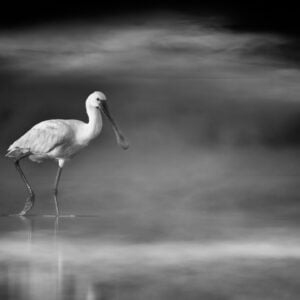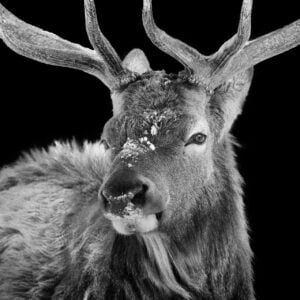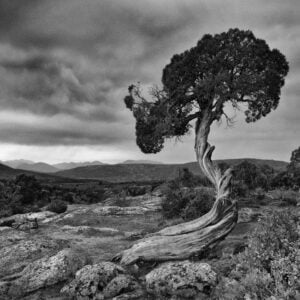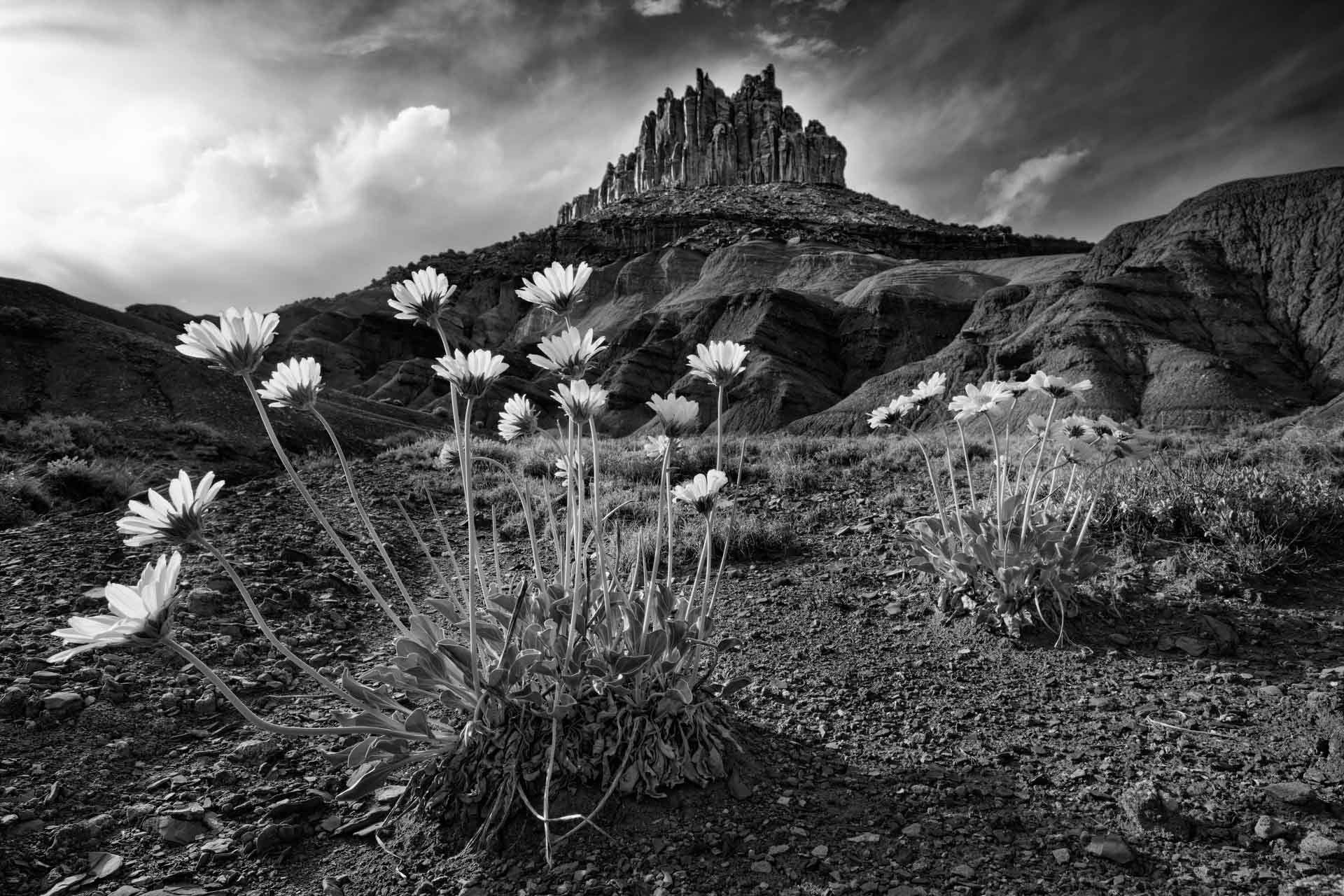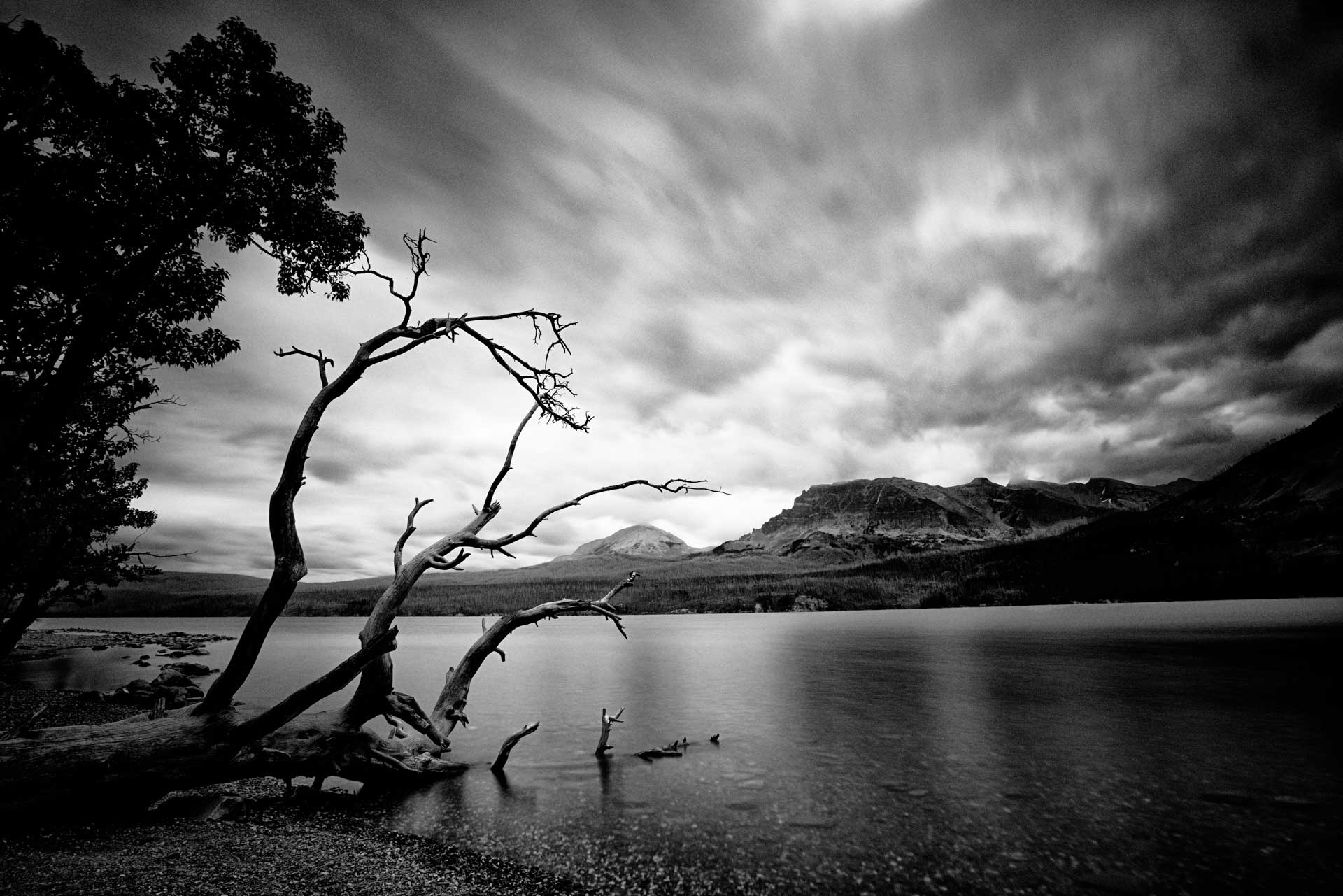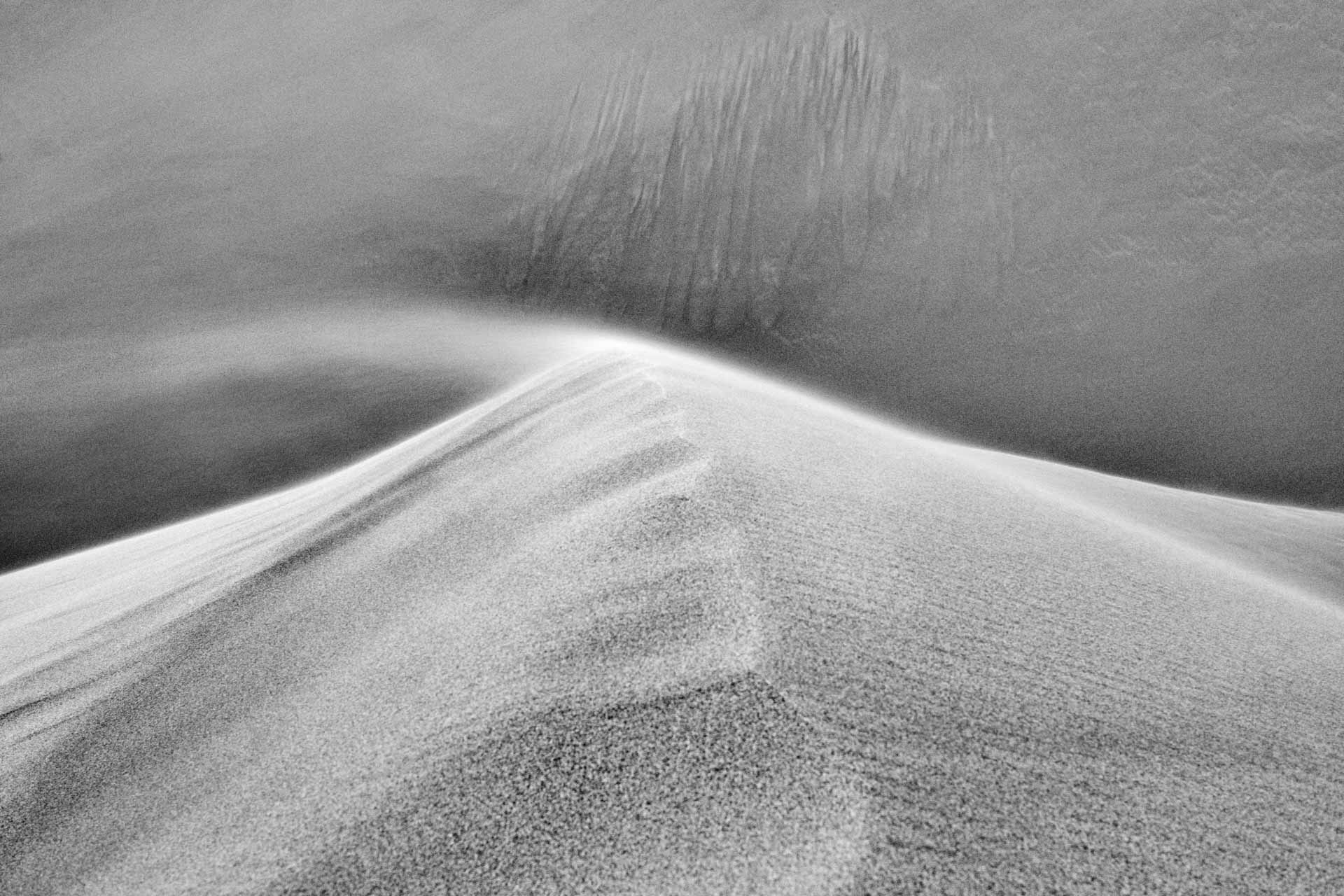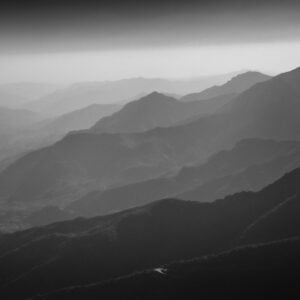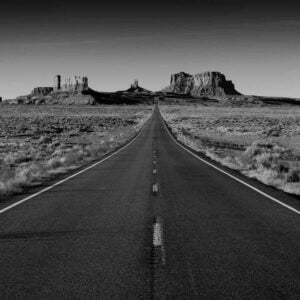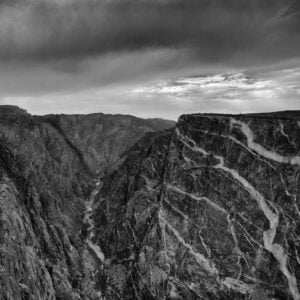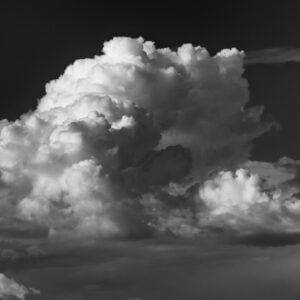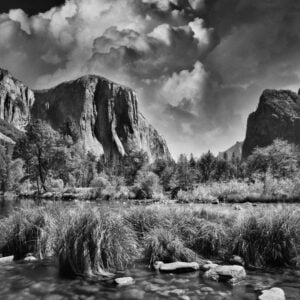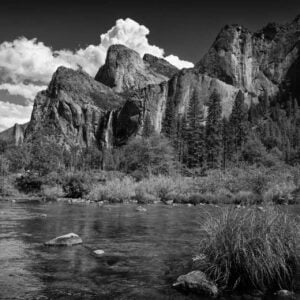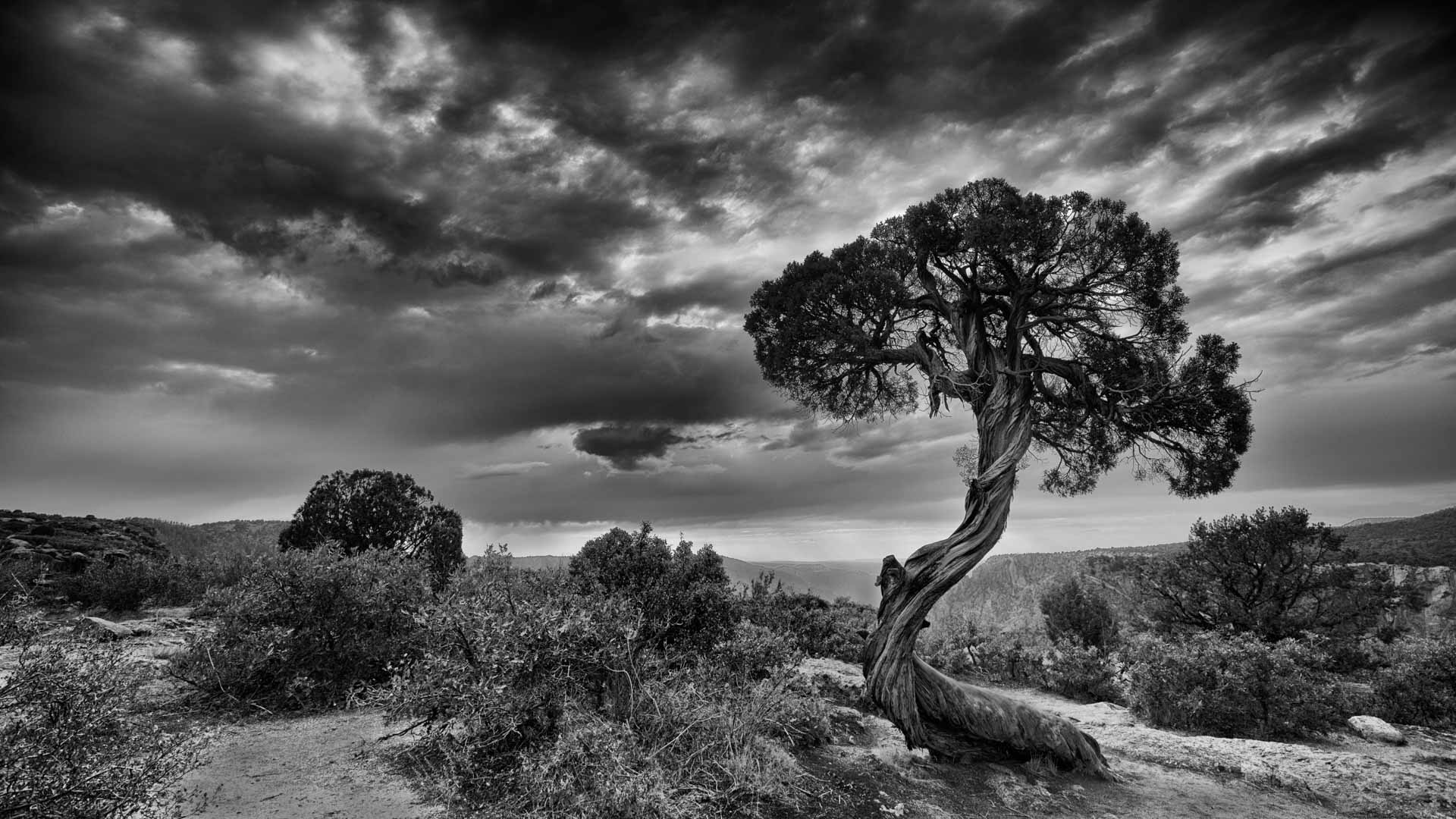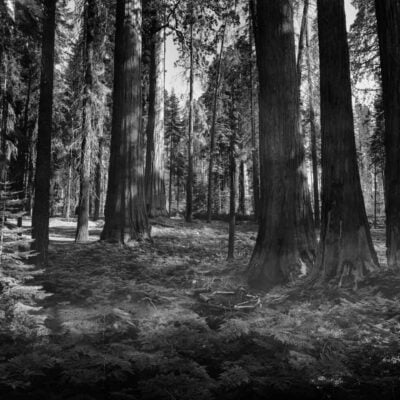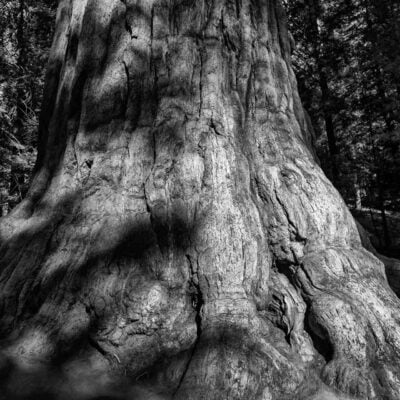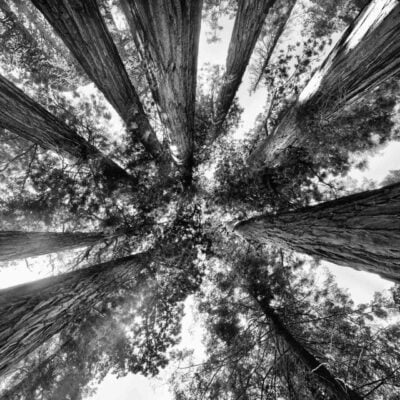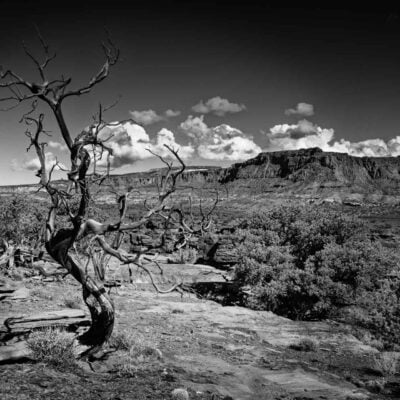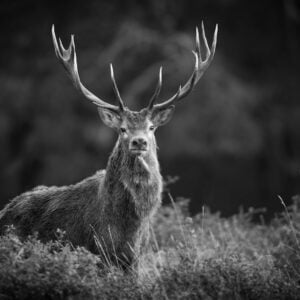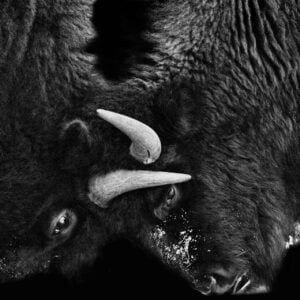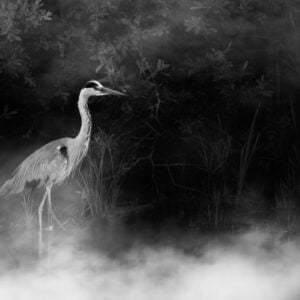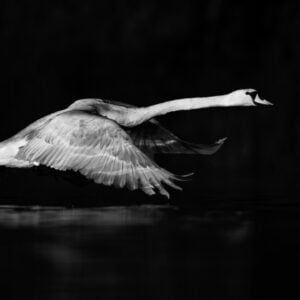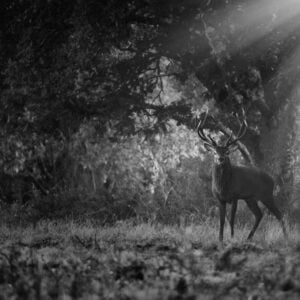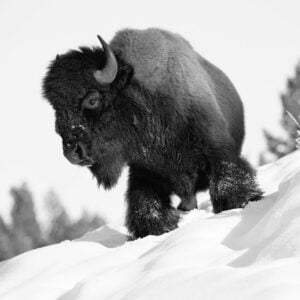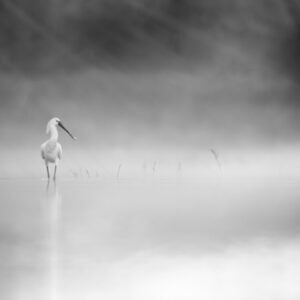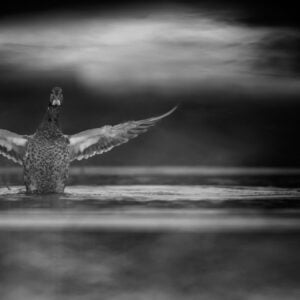Born and raised in Arras, a small village in northern France, Amar Guillen spent his childhood in the nearby woods, grasslands and meadows looking for animals. Holidays were for fishing in the marshes, and getting up early to watch the birds, muskrats and insects before sunrise quickly became a pleasure he associated with freedom. He bought his first camera (an Olympus OM40) while working as a computer engineer to photograph aquatic birds. When he later became a diving instructor, he experimented with underwater photography. After moving to the US with his partner, they created Guillen Photo LLC in 2003, which they still run together today.
After 7 years of publishing in magazines and working with stock agencies, Amar decided to create an exhibition and a book about a beloved French region: the coast of Charente-Maritime. It sold well and turned out to be a turning point, as he felt encouraged to switch to artistic nature photography. His most beloved themes? Underwater photography, landscape photography and wildlife photography. He tells us about his art, and why black and white is his photographic language of choice.
256 shades of grey
Black and white is much more than the absence of colour. It’s more to the point, timeless, and free from distraction. Black and white is my ideal photographic language. Less depictive and with more artistic expression. It gives me all the tools I need to translate my vision and emotions for the viewer.
Timelessness, elegance, and freedom are a few of my obsessions. Many of my photographs are about these themes. Black and white is timeless; you can never really date a black and white photograph unless external elements reveal the decade. And it’s elegant like poetry, drawing strength from suggestion. It evokes mystery and contemplation. Since reality is always in colour, black and white becomes an interpretation of that reality. As a photographer, you communicate your vision through the image. The viewers connect, inevitably adding their own emotions to what they see.
The absence of colour draws more attention to the composition. You pay greater attention to the way the subjects are placed. The rule of thirds is a creative way to highlight areas. You divide the frame into thirds, both horizontally and vertically, and place your main subject near one of the resulting intersections. This adds dynamic because the subject is not in the centre where you expect to find it, but still beautifully framed. Using the golden ratio is another good technique.
Black and white also highlights the shape and lighting of photographic elements in scenes that lack colour. That’s why winter landscapes, which are essentially monochrome, are well suited for black and white. So is bare vegetation, trees with no leaves and landscapes without shades of green or coloured flowers. Composition and contrast become the essential features.
6 elements allow you to compose a black and white photo harmoniously: textures (like wood, leaves, and mineral shapes), light contrasts, lighting, shapes, patterns, and lines, leading the eye to the centres of interest. I have learned to ‘see’ nature in black and white. This implies choosing simple subjects, clear negative spaces, and watered-down compositions. You avoid disruptive elements and find images that are straight to the point. You choose your lighting carefully to achieve the best possible contrasts and look for shadows that accentuate them.
Witness of time
Trees are a beloved subject. They are the witnesses of time passing, like this juniper tree. It sits on top of the canyon and is a guardian of the canyons’ memories. Sequoias are also ancient. They symbolise strength, experience, and the long way ahead. We strive for excellence, which is impossible to achieve. We can always do better. But we try to come close.
The beautiful and raw texture of the wood is emphasised by the absence of colour. It’s a game of lines, shapes, textures, contrasts and shades.
Wildlife and waterfowl
In our colourful universe, black and white illuminates raw emotion. The classic animal portrait is an excellent technique in black and white nature photography. I recommend the square framing; it reinforces the development of the animal. You diminish the environment and the negative space.
The impact of a portrait is increased tenfold in black and white. The animal truly becomes the master of the game, the centre of attention. We solely notice him. There is no distraction by more saturated colours like foliage or blue skies. The blacklight technique allows you to highlight the animal shape and emphasise details and light. Any time of day is good, even if the sun is at its peak. Cloudy and dark are excellent atmospheres; they enhance the textures and details of the plumage or coat.
For all my photography, Jan’s gear has helped me a lot. It has proven to be of exceptional quality, so I can highly recommend it. My Bertik IV accompanies me on every trip, and I carry all sizes of the Flens and velcro pockets in it. I also use the lens carrier system, and several hides and blinds for photographing wildlife. I really owe this guy a lot!
Copyright: all images by Guillen Photo
